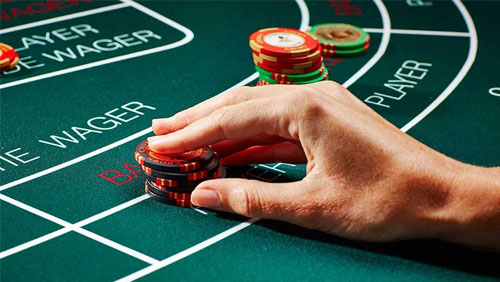“Lucky Six” is a popular side bet in baccarat found in many casinos around Asia as well as at the Las Vegas Sands in Nevada. The bet pays out any winning banker hand that has a face value of six;  if the hand is composed of three cards, the payout is 20 to 1 and 12 to 1 if it’s composed of two cards. Lucky Six has now been approved by Macau’s Gaming Inspection and Coordination Bureau (DICJ), and was announced through Macau’s Official Gazette this week.
if the hand is composed of three cards, the payout is 20 to 1 and 12 to 1 if it’s composed of two cards. Lucky Six has now been approved by Macau’s Gaming Inspection and Coordination Bureau (DICJ), and was announced through Macau’s Official Gazette this week.
A DICJ spokesperson told GGRAsia the decision to revise the baccarat was made “to add a new betting option for the game type, so that there will be more variety in the ways of betting for the patrons.” The DICJ typically introduces new gambling options and games based on requests by casino operators, but didn’t specify whether or not this change came about due to a specific request.
While the betting option is now on the table, it isn’t required to be used by all casinos. The casino operators can choose whether or not they want it to become part of the regular lineup.
Baccarat is Macau’s game of choice. In 2017, it brought in 88.4%—$29 billion—of the city’s gross gaming revenue. Of this, over half came from high-stakes baccarat. Lucky Six now joins other baccarat betting options, such as Dragon Seven and three progressive jackpot variants. In Dragon 7, a three-card banker hand totaling seven pays 40 to 1 while anything else pays zero.
The origin of baccarat is still questioned, but some sources claim that it began in the 19th century. In the game, cards are assigned a point value: two through nine are worth their face value while tens, jacks, queens and kings have no value and worth zero. Jokers aren’t used and Aces are worth 1 point. Hand values are calculated based on the rightmost digit of the sum of the hand’s cards. For example, a hand consisting of 4 and 3 is worth 7, but a hand of 6 and 8 (combined 14) is only worth 4. The highest possible hand value in baccarat is nine.